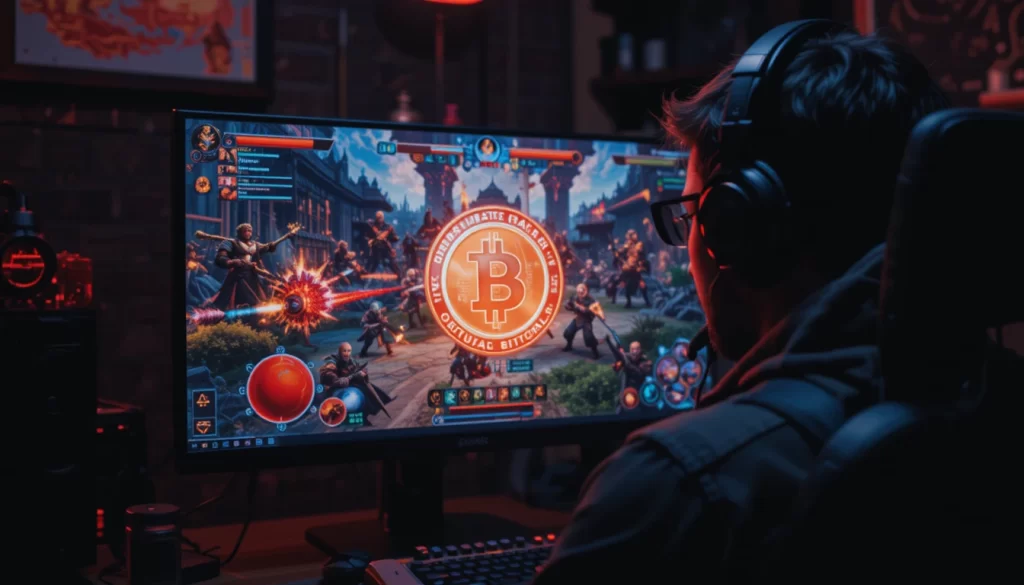The worlds of blockchain and gaming are colliding — and at the center of this fusion are crypto gaming coins. These digital assets power an entire ecosystem of play-to-earn (P2E) experiences, decentralized economies, and player-owned virtual worlds. But what exactly are crypto gaming coins, and how are they changing the landscape of gaming as we know it?
Crypto gaming coins are cryptocurrencies used within blockchain-based games to buy, trade, earn, or stake virtual items, characters, or experiences. Unlike traditional in-game currencies, these coins are decentralized and often have value outside the game — meaning players can trade them for other cryptocurrencies or even fiat money.
Some popular examples include:
- AXS (Axie Infinity Shards) – Governance and staking token for Axie Infinity.
- SAND (The Sandbox) – Used for buying land and assets in The Sandbox metaverse.
- MANA (Decentraland) – Used for purchases within Decentraland’s virtual world.
- GALA (Gala Games) – Supports a suite of blockchain games with a focus on player ownership.
Key features of crypto gaming coins
- Ownership and control: Players can truly own their in-game assets through NFTs and trade them freely on marketplaces.
- Earning potential: Many blockchain games allow users to earn coins through gameplay (play-to-earn), which can be converted into real value.
- Interoperability: Some gaming tokens work across multiple games or platforms, expanding their utility.
- Governance: Some tokens, like AXS and SAND, allow holders to vote on the development direction of the game or platform.
The play-to-earn revolution
One of the biggest innovations brought by crypto gaming coins is the play-to-earn model. Instead of just spending money in a game, players can now earn income by contributing to the ecosystem — whether by playing, creating content, or staking tokens. This model has opened up new economic opportunities, particularly in regions with limited access to traditional jobs.
Challenges and risks
Despite the promise, crypto gaming coins also come with risks:
- Volatility: Prices can swing wildly based on hype or market conditions.
- Scams and rug pulls: Some gaming projects have collapsed after raising funds and delivering little value.
- Regulation: As governments begin to crack down on crypto, some gaming tokens may face legal scrutiny.
Conclusion
Crypto gaming coins are reshaping how we think about games — turning them from entertainment into ecosystems with real financial value. While the space is still evolving, it holds enormous potential to revolutionize digital ownership, creativity, and income generation for players worldwide.
As blockchain technology continues to mature, expect to see crypto gaming coins playing an even larger role in the future of both gaming and finance.
